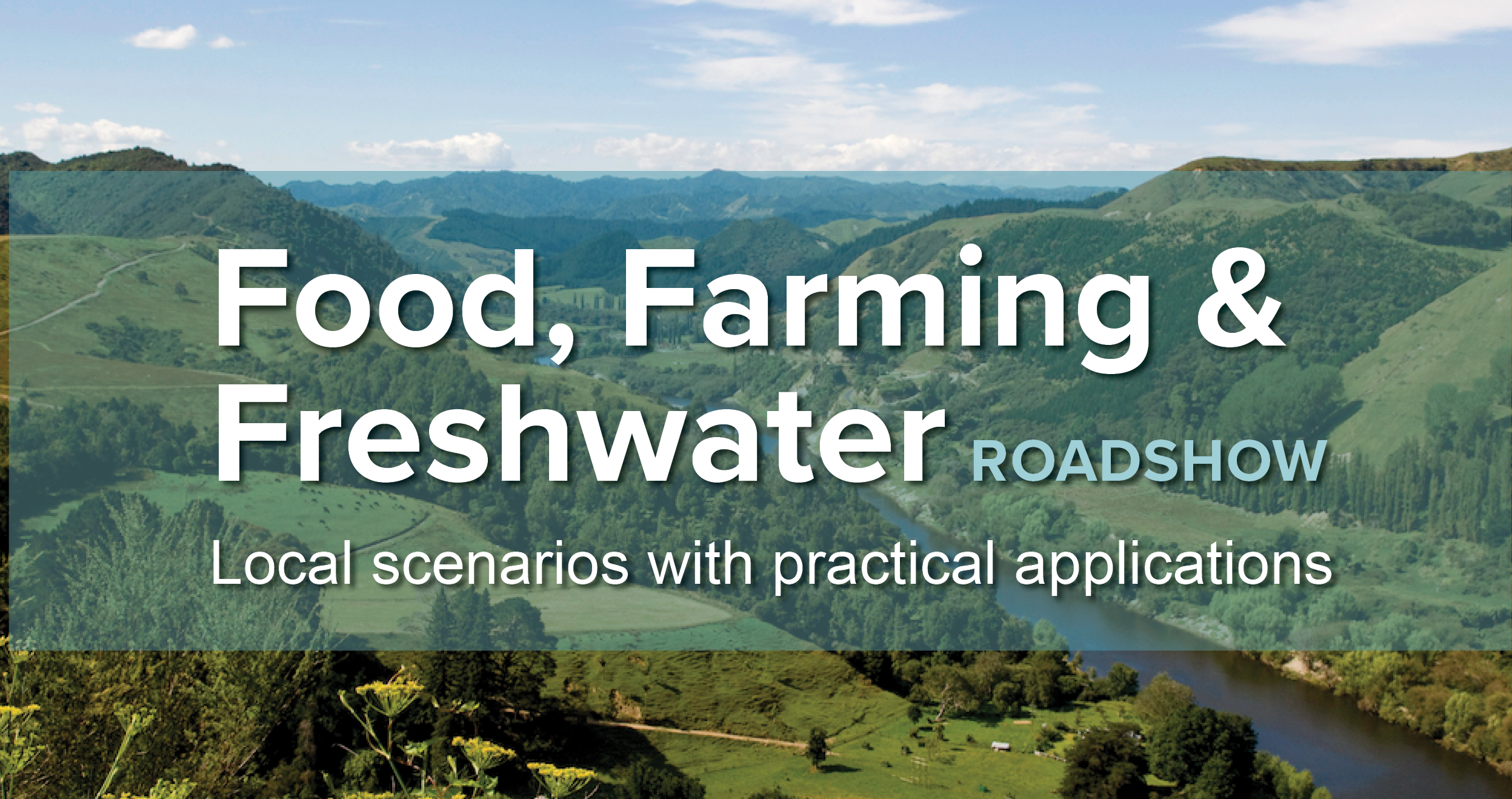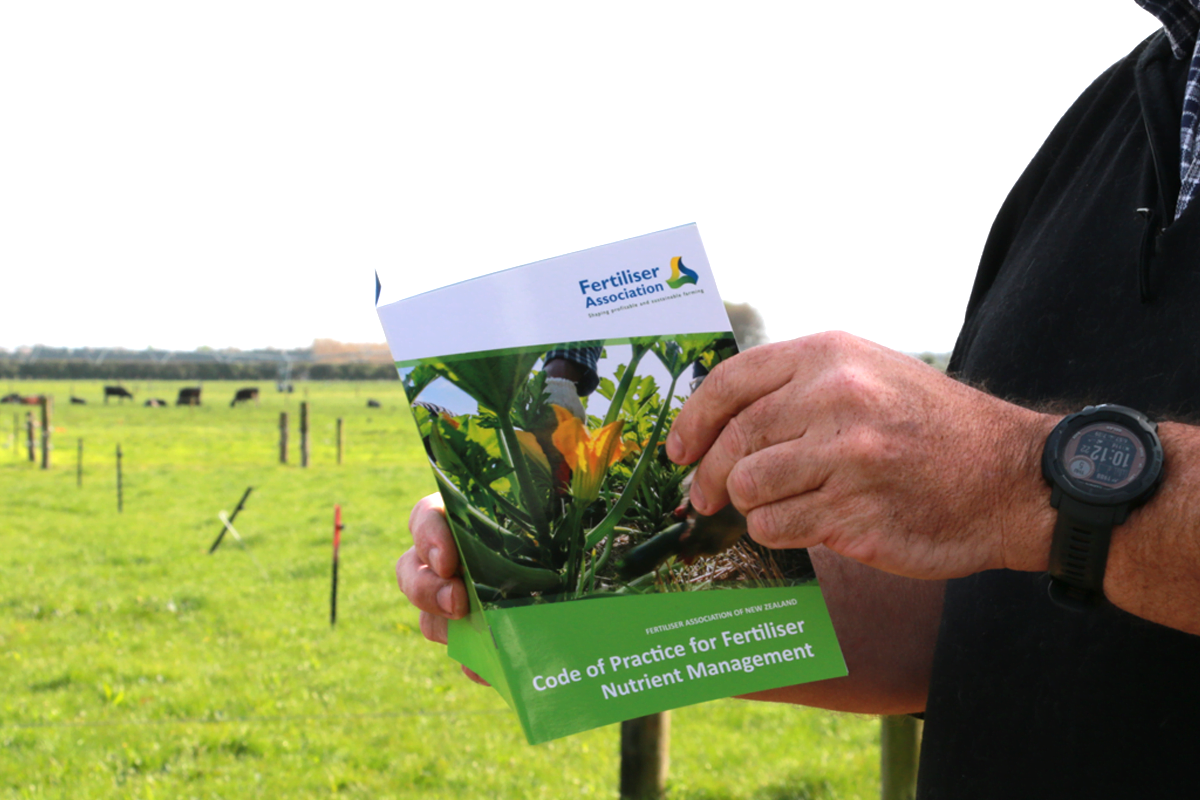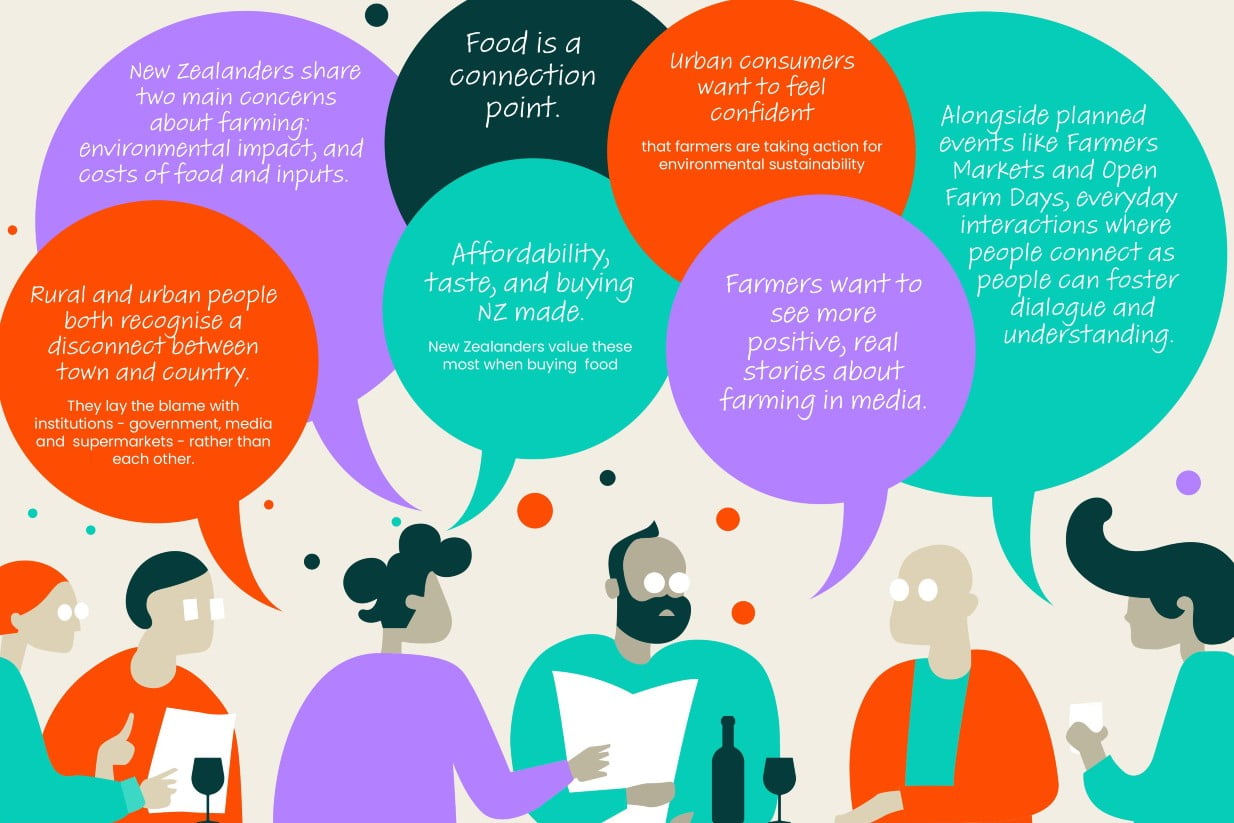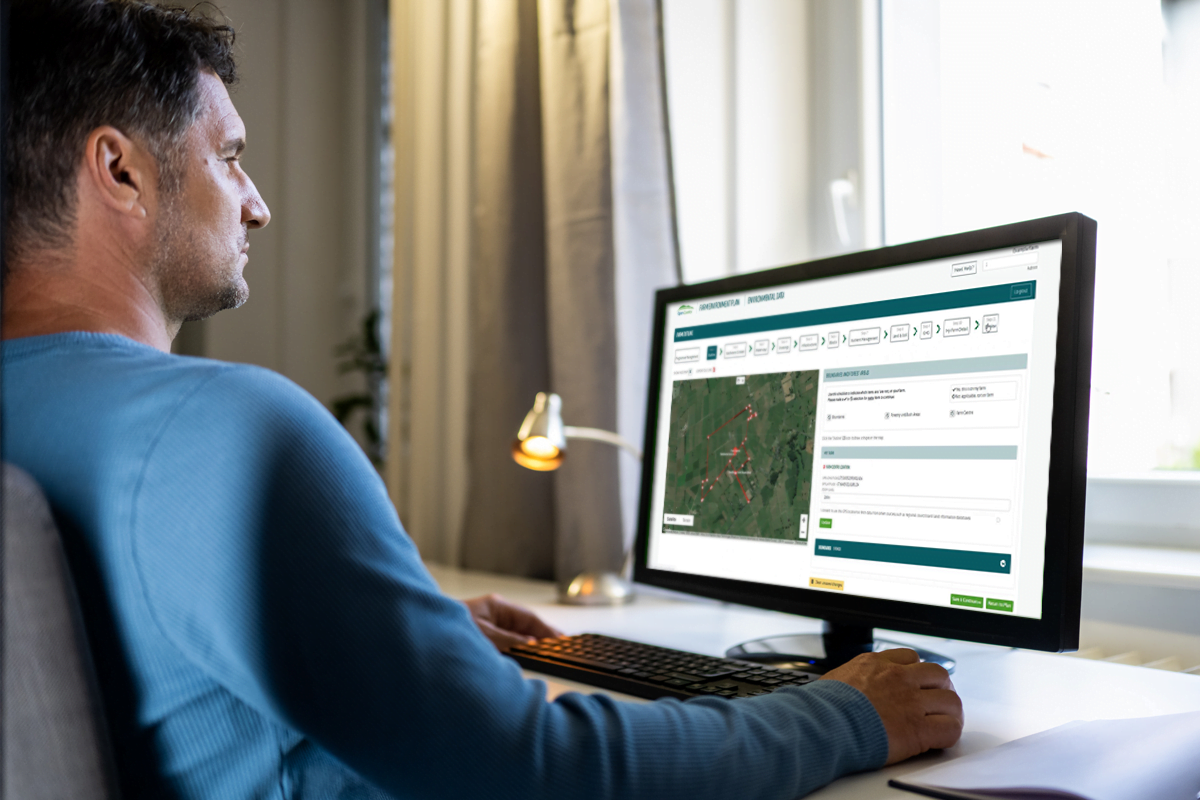Next Generation Key to Future of Whenua
Case studies of two Māori Land Trusts aim to identify a pathway that will engage a new generation of kaitiaki to protect historically and culturally significant sites.
About 30 minutes north of Dunedin lies Pūrākaunui, a small settlement centred around a beautiful tidal inlet. It is an area with rich cultural and historical significance, and it is home to a block of land owned by a Māori land incorporation. Like many such blocks throughout Aotearoa, the shareholders are grappling with the complications of ensuring the futureproofing of the whenua.
A small section of pine forest, an area of leased farmland, and a big chunk of native bush and wetlands make up the 208 ha block of land owned by Pūrākaunui Block Incorporation. A newly signed covenant with the Department of Conservation, Ngā Whenua Rāhui, will provide resources to plant indigenous species and regenerate the land.
Nicola Taylor, chair of the management komiti for Pūrākaunui Block Incorporation, says the multi-generational dynamics and complex ownership structures of such entities are complicating the development and implementation of land-use plans.
“We have a komiti of six people and about 90 shareholders on our register. Of that number, only about 30 are active in terms of attending annual meetings or responding to mail,” Nicola says. “Last year we received funding from MPI to create a development plan for the block, and we kept coming back to the issue of succession. We realised that this topic was actually the most important of all the things we’re grappling with.”
Nicola says the most active shareholders are those who feel a strong connection to the land, whether that’s through their own memories of weekends and holidays spent on the block, or through stories passed down over generations. These shareholders have a clear vision for the future of the land and readily volunteer their time to support its ongoing management. The goal is to foster a similar sense of connection across the entire group of current and future shareholders in the hope of fostering a new generation of kaitiaki.
Pūrākaunui Block Incorporation is one of two case studies in Futureproofing Māori Land Trusts, a research project led by Ahikā Consulting with funding from Our Land and Water’s Rural Professionals Fund. The second case study is Akapatiki A Block, another Māori land incorporation that owns a block on Otago Peninsula near Portobello.

Project lead Ray Mohan (Ahikā Consulting) says that she hopes to leave each management komiti with a pathway forward to engage with the next generation of shareholders.
“When we first started working with these komiti our focus was on land-use opportunities that align with their values – things like carbon credits from native bush restoration or kōura farming,” says Ray. “We put together all the reports and the glossy maps and they came back to us and said, ‘Look, it’s nice to have maps, but who’s going to do this mahi?’
“This project is an opportunity to bridge the gap between the identified whenua opportunities and implementing them by identifying the roles and responsibilities involved.”
Diversification for future generations
Both blocks are situated in unique coastal environments and have ancestral significance. They are both currently farmed as sheep and beef operations, and the respective komiti are eager to diversify land use in keeping with aspirations around restoration of the whenua for future generations, sustainable ventures that enhance and protect te Taiao, and ensuring cultural and social benefits for shareholders.
Perhaps most significantly, the management komiti for each block is largely comprised of whānau members in their sixties and older, who are searching for potential successors and the opportunity to share their knowledge.
The similarities between the two case studies are likely to be shared by Māori land trusts and incorporations across Aotearoa, and Ahikā Consulting intends to address this by consolidating their research into a template that can be implemented by other groups.
The first stage of the project has been completed – a survey that sought to understand the main barriers that whānau face when it comes to spending time on the whenua (Figure 1). This information will play a key role in developing the workplan and making recommendations to the komiti about how they can foster a greater connection.
This survey also identified that the preferred methods of communication were email and in- person, which will influence recommendations about ongoing engagement to generate the highest uptake amongst whānau.
The project is ongoing
This research is not yet complete. “You can’t rush things when you’re working with big whānau groups,” Ray says.
The first consideration was how to navigate the complex and layered family dynamics of each incorporation. “It’s not a commercial venture where it just comes down to the profit margin of one option over another. All the whānau dynamics come to the surface and our role is to help them find a common thread without telling them what to do,” she says.
Three outputs are planned for the project – a template for wider use by Māori land trusts, a tailored workplan for each komiti, and capturing stories from the current members and active shareholders.
The workplans will identify the preferred land-use option based on the preferences identified as part of this research, and recommend steps to foster a greater connection to the whenua amongst shareholders.
These steps may include creating access to the land via walkways and shared spaces, as well as communication tools to share stories of the land, past and present.
Ahikā Consulting is now working with both komiti to develop a second survey that will engage with current and future shareholders to hear their perspectives on the proposed land-use opportunities for each block.
“We are using the 1000minds platform to deliver this survey, which essentially will ask whānau their preference between a number of options.” Ray explains. “Each option is based on weighted criteria and will give us an understanding of the biggest drivers for whānau.”
As the project continues, the team from Ahikā Consulting are working closely with management komiti to support widespread uptake of the survey across the shareholder group.
“We want everyone to have the opportunity to share their perspectives on what futureproofing looks like, and to make sure that we’re capturing the viewpoint of the entire group,” Ray says. “Navigating the occasional conflict is worth it because it shows that shareholders are really passionate and do really care about their whenua.”
Futureproofing Māori Land Trusts
Why: To develop an implementation plan for two Māori Land Trust case studies that will bridge the gap between aspirations for the future of the land blocks and the next generation of shareholders.
Where: Two Māori Land Trust-owned sheep and beef farms in Otago.
Who: Ray Mohan and Rhys Millar (Ahikā Consulting), Stephen Owens (Akapatiki A Block Incorporated), Nicola Taylor (Pūrākaunui Block Incorporation), Joy Smith (Ngāi Tahu Māori Law Centre), Haines Ellison (MPI Māori Agribusiness) and Paul Hansen (University of Otago).
What:
- Both blocks run by the Māori Land Trusts in this project are currently farmed as sheep and beef operations, and the respective management komiti are exploring opportunities to diversify land use in alignment with their goals around restoration of the whenua.
- Earlier research into land-use opportunities highlighted the ongoing difficulties in connecting with and engaging younger generations of shareholders. This needs to be addressed to allow for succession planning and the transfer of knowledge between different generations.
- A preliminary survey of shareholders was completed to understand the barriers to visiting the whenua, as well as the preferred method of engagement for whānau.
- A second survey will engage with shareholders and rangatahi to hear their perspectives and thoughts on a range of topics relating to proposed land-use opportunities.
Read more: Futureproofing Māori Land Trusts: ourlandandwater.nz/RPF2022
Author
 View Our Strategy Document 2019 – 2024
View Our Strategy Document 2019 – 2024



